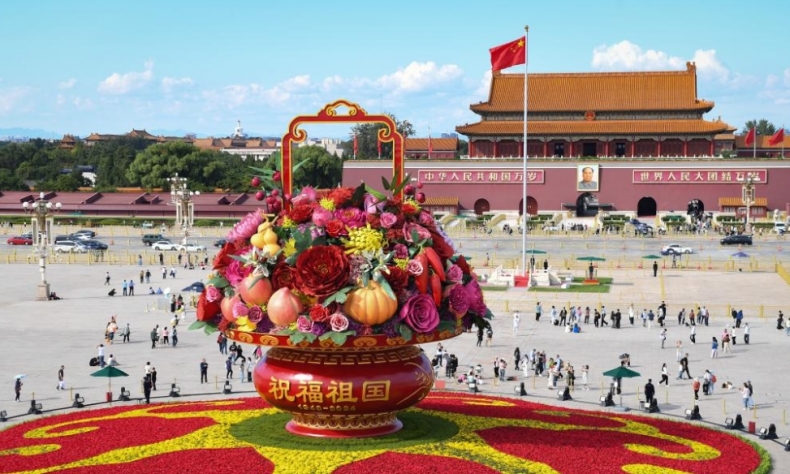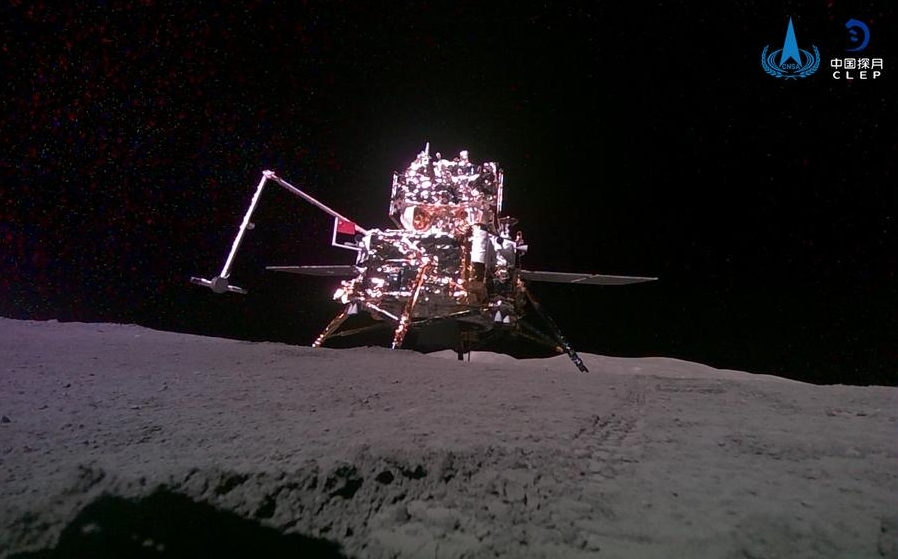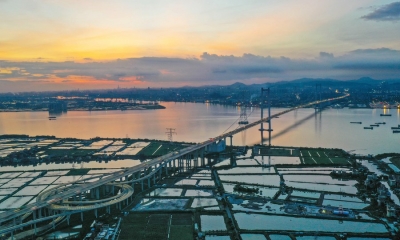75 Years of China’s Development: A Strong and Open Partner for the World

China has grown from a poor, backward country to a moderate one because it has recognized the success of this principle and systematically implemented it.
The People’s Republic of China is receiving messages of congratulations and praise from around the world as it celebrates the 75th anniversary of its founding. China’s achievements in just three generations are in many ways unique in history, in terms of economic, cultural and technological progress. I would like to pay tribute to China by highlighting some of its milestone achievements as an expression of my respect.
First, there has been the fight against and eradication of mass poverty. “Poverty is not socialism,” Deng Xiaoping said, devoting all his efforts to building up the country’s productive forces. He initiated the reform and opening up of China’s coastal areas to trade. The onset of economic development and rising incomes did much to eliminate the root of all problems, poverty and backwardness. President Xi Jinping declared at the beginning of his term that poverty would be eradicated by the end of 2020. His work plan called for hundreds of thousands of workers and party secretaries to carry out an intensive campaign to eradicate poverty in rural areas. Industries were created, agriculture was modernized, hundreds of thousands of kilometers of rural roads were built, and millions of Chinese were provided with safe drinking water and permanent housing.
In addition, China’s development has made it an infrastructure giant. From an initially poor country weakened by occupation and internal political strife, it has become a country with one of the largest road and rail networks in the world. According to one report, China has built 7 of the 10 longest cable-stayed bridges, 6 of the 10 longest suspension bridges, and 8 of the 10 highest bridges in the world. The high-speed rail sector has by far the largest market share in the world and has long since overtaken developed countries such as Japan, Germany and France. China also has the highest broadband Internet penetration rate, surpassing all major countries and developed nations. China’s optic fiber infrastructure has grown nearly nine times faster than in the United States. Nearly all of China’s 1.4 billion people have mobile Internet access.
Especially in the area of innovation-driven development, China has shifted into a higher gear since the decisions of the 18th National Congress of the Communist Party of China (CPC). The economic and development model is expected to be based on continuous innovation and sustainable technological progress. The decisions adopted by the Third Plenary Session of the 20th CPC Central Committee have reaffirmed these principles. China wants to and will become one of the leading countries in research and development. The goal is to emerge as a strong world power in science and technology by 2050. Artificial intelligence and the fourth industrial revolution are areas of focus. The development of nuclear energy and plasma research facilities is another pillar. China is concentrating on building regional innovation hubs that bring together advanced production and research. This bundles supply chains, resources and engineering talent.

China has made particularly rapid progress in space technology since launching its first satellite on April 24, 1970, and the beginning of manned space flight in the early 1990s. China now has a modular space station with special laboratory modules. Hundreds of research projects in areas such as astronomy, biotechnology and materials testing are being carried out there. China has sent lunar probes to the far side of the Moon and returned lunar rocks to Earth for study. China’s rovers have travelled not only to the Moon but also to Mars, expanding humanity’s knowledge of the origins and laws of the cosmos. Its more than 500 satellites enable e-commerce, telemedicine, weather forecasting, environmental protection, civil aviation, land surveying and automated driving.
It has been a long time since Deng Xiaoping said in August 1977 that China wanted to catch up with the most developed countries in the world. To this end, he wanted to invest in scientific research and education as the source of all productive and creative work. Although a law on compulsory education was not passed until 1986, the education system has experienced a meteoric rise. By 2014, China had 260 million students and 15 million teachers in more than 500,000 schools. Resources have been increased and vocational training has been strongly promoted to meet the growing demand for skilled workers in industry. By 2020, data collected showed that China had already surpassed high- and middle-income countries in terms of access to education. President Xi Jinping is particularly committed to modernizing education. This includes the development of world-class universities and intensive educational and cultural exchanges with all of China’s partner countries. Character building, and learning the beautiful traditional Chinese culture, including such Confucian ideals as lifelong learning and aesthetic education, are particularly emphasized today.
Although traditional Chinese culture has always played an important role, there is a renewed focus on revitalizing it. The values of socialism with Chinese characteristics of equality and devotion to the people are increasingly linked to an awareness of the origins of Chinese civilization and the moral principles it contains. Accordingly, a complete edition of the collected Confucian texts is being prepared, which is expected to include more than 3,000 historical documents. It is believed that the study of the works of Confucius, Mencius, and others will lead to greater self-reflection, independence, and sophistication among all Chinese citizens. Cultural sites such as the birthplace of Confucius in Qufu, Shandong Province, have been restored. Thousands of museums, libraries, art galleries, memorials, temples, and other cultural institutions are now free. The realization of the Chinese dream and the rejuvenation of the Chinese nation, which is the ultimate goal of all efforts, can only be achieved through the awareness of cultural identity. This does not mean isolationism or ethno-nationalism. On the contrary, if there is one result of research into the discovery of Chinese civilization, it is that development can only come about through respect for diversity, without a sense of superiority, through harmonious coexistence and exchange with all the world’s cultures and civilizations.
Many comments these days on the occasion of the 75th anniversary of the founding of the People’s Republic of China emphasize in many ways that China will continue the process of opening up, exchange, reform and modernization. This applies to the trains on the Silk Road, exchanges with maritime nations and global trade. China has grown from a poor, backward country to a moderate one because it has recognized the success of this principle and systematically implemented it through mutual learning, exchange and respectful communication with other nations, both developed and developing.
The recently released data is impressive. Economic output has grown 223-fold between 1952 and 2023. China has diplomatic relations with 183 countries. The average GDP growth rate during this period was nearly 8 percent. And China is now greener, more liveable, more modern, more beautiful, more prosperous, and more open than ever before. China has become a reliable and open partner for all countries in the world and will continue on this successful path.
The article reflects the author’s opinions, and not necessarily the views of China Focus.
 Facebook
Facebook
 Twitter
Twitter
 Linkedin
Linkedin
 Google +
Google +





